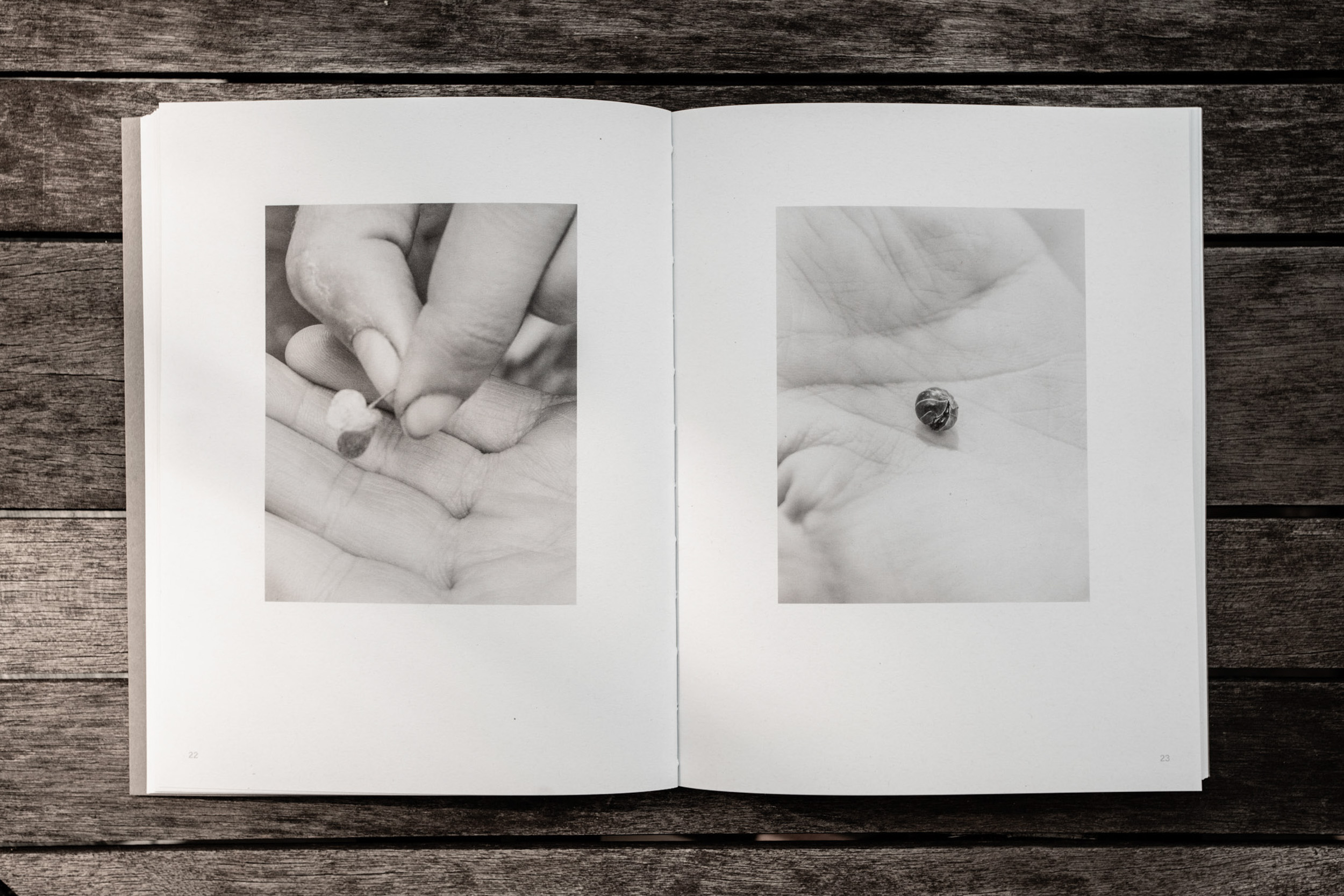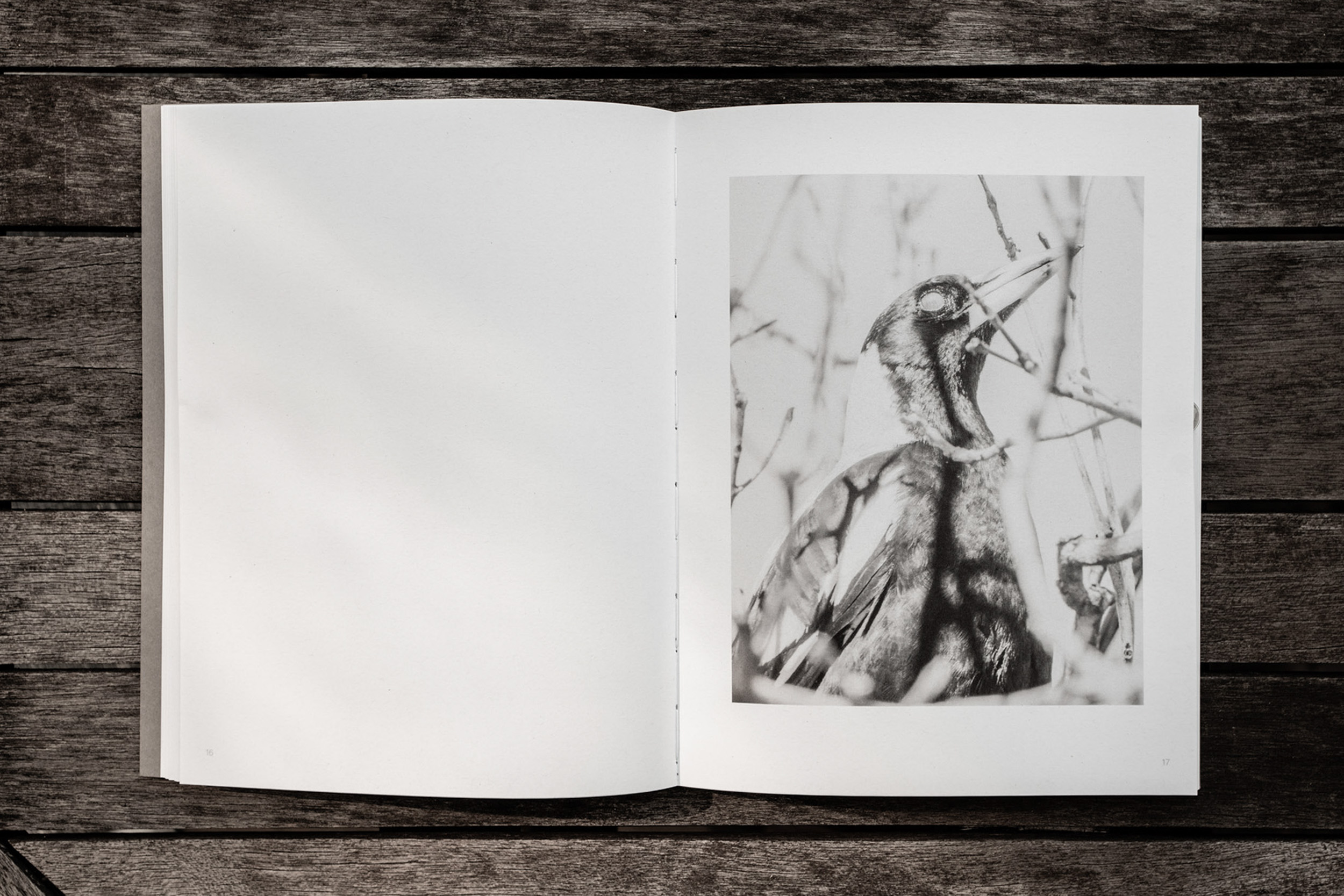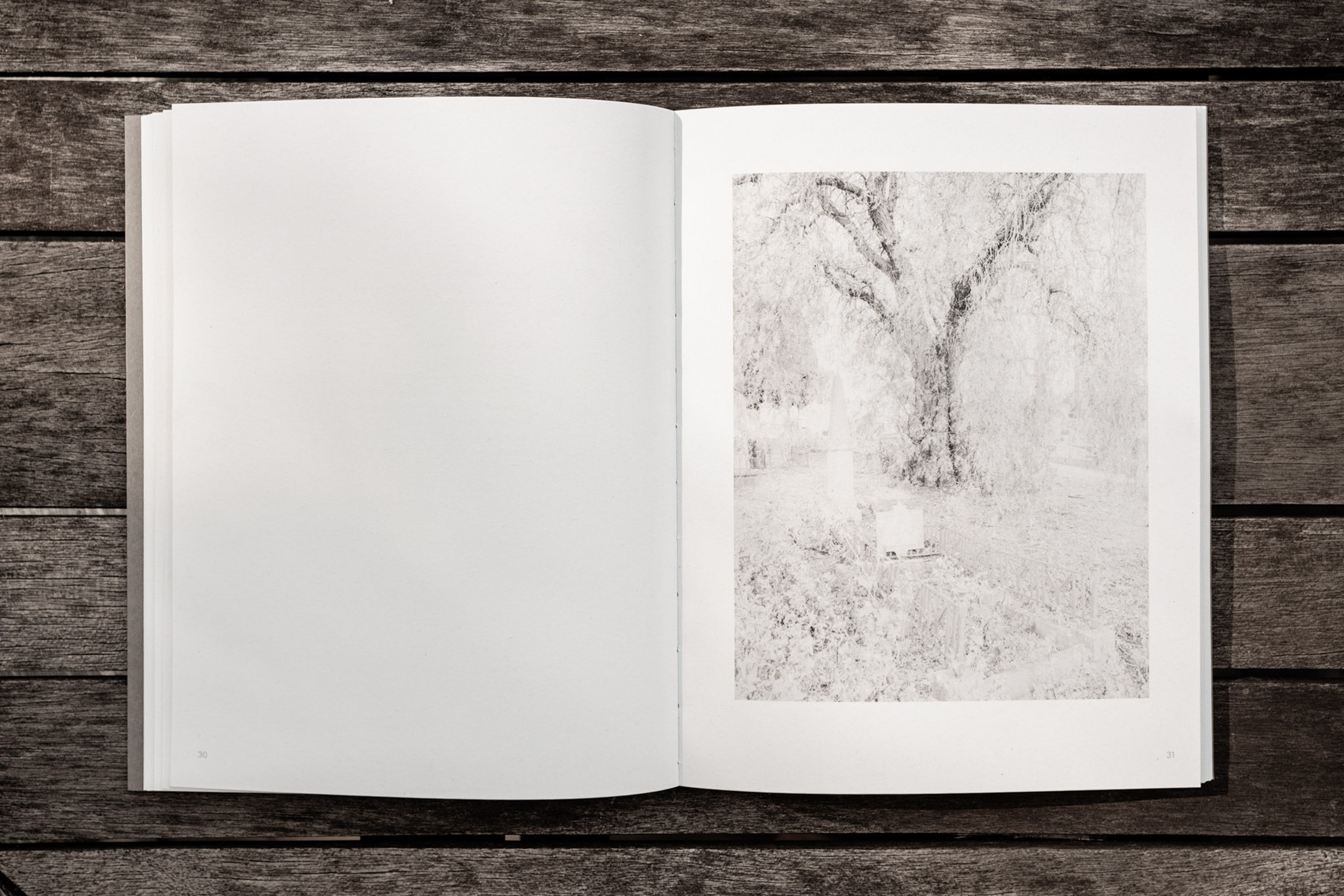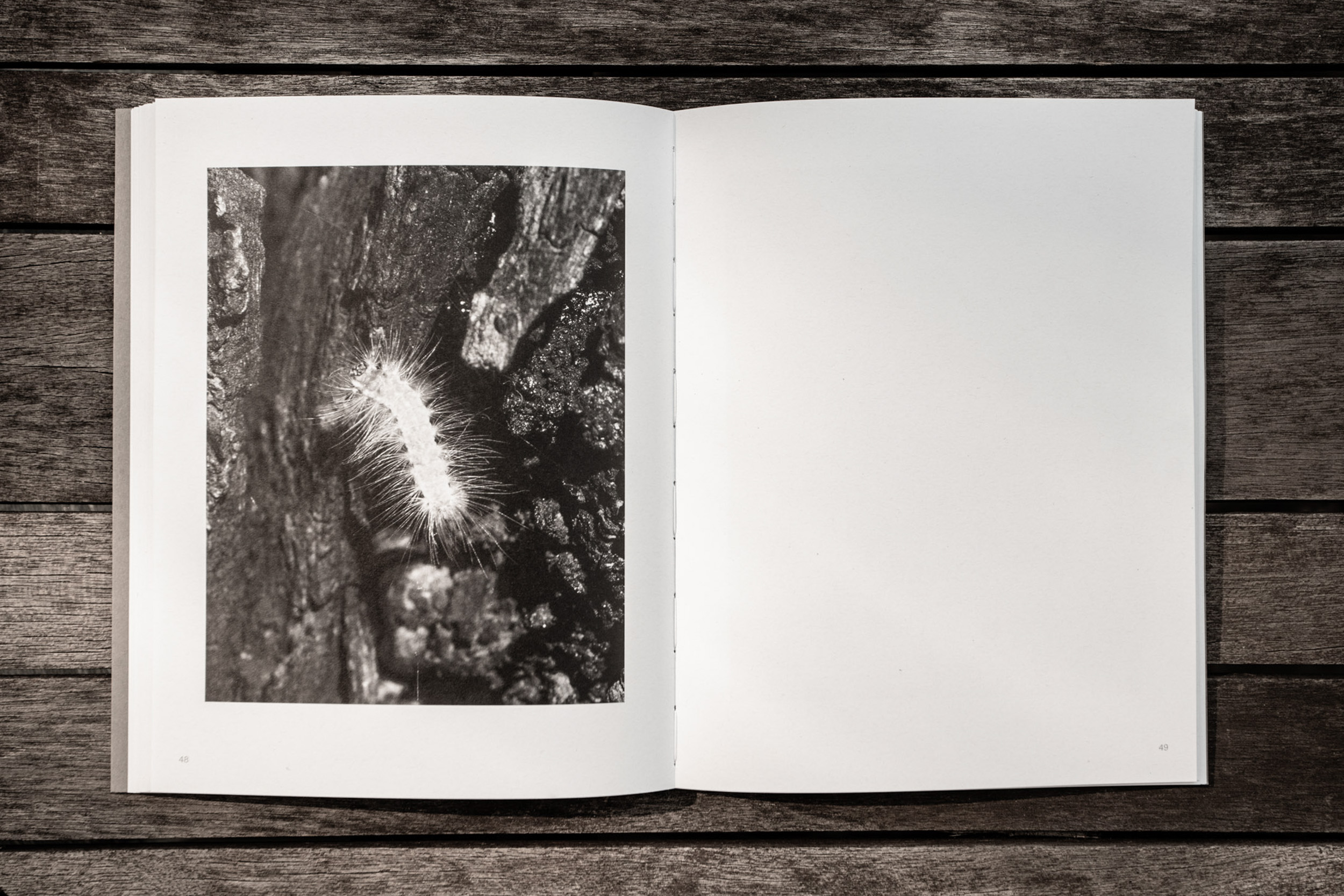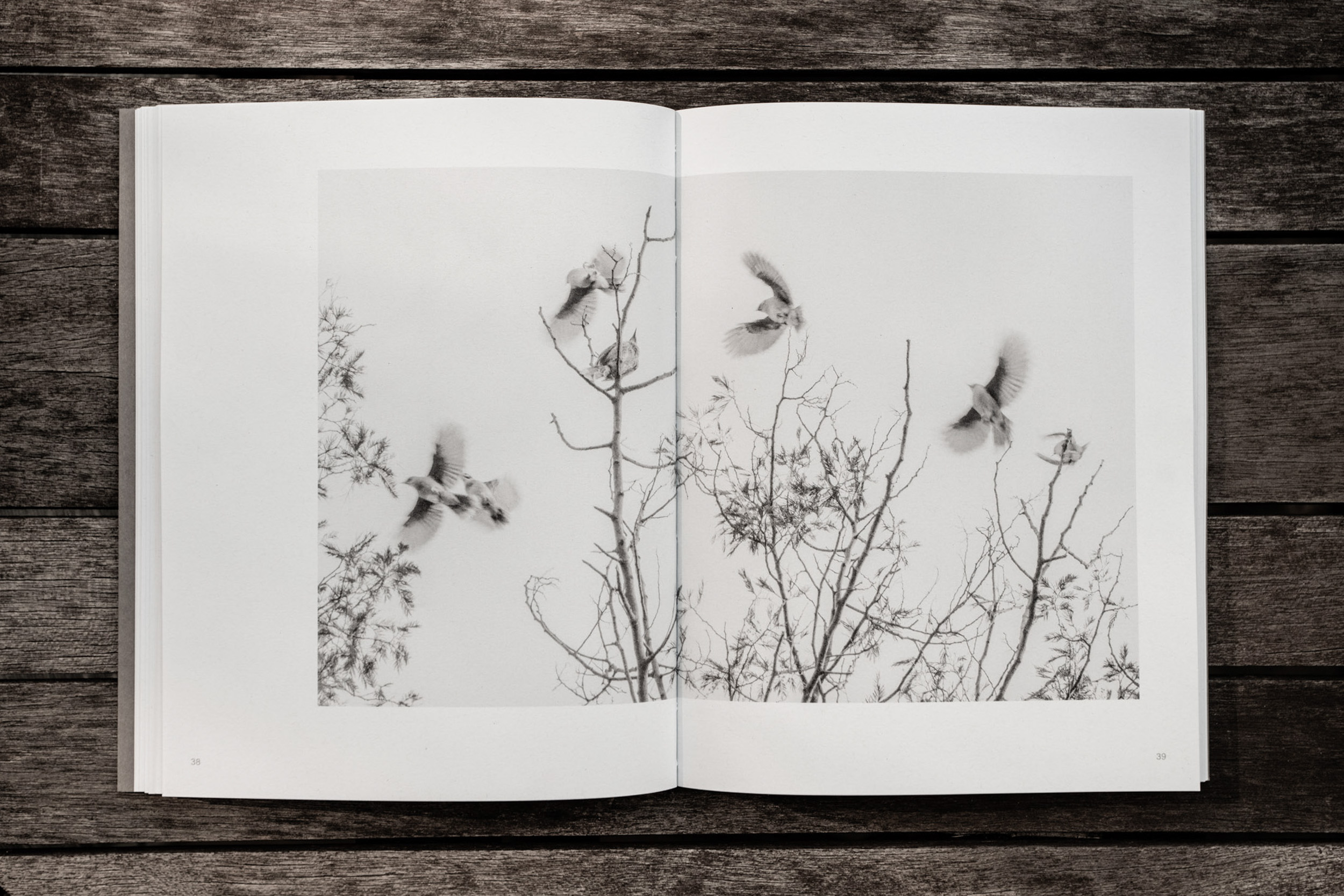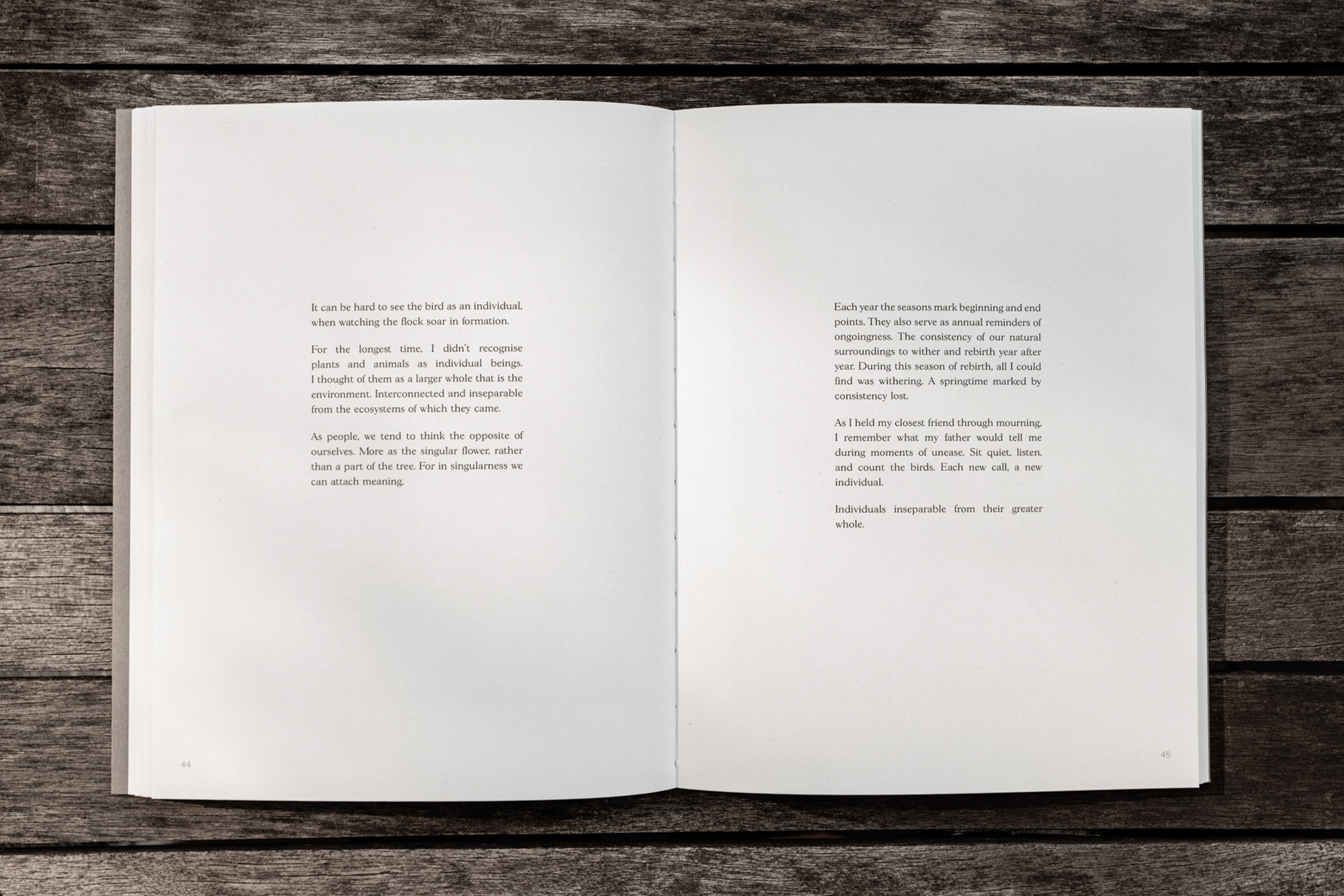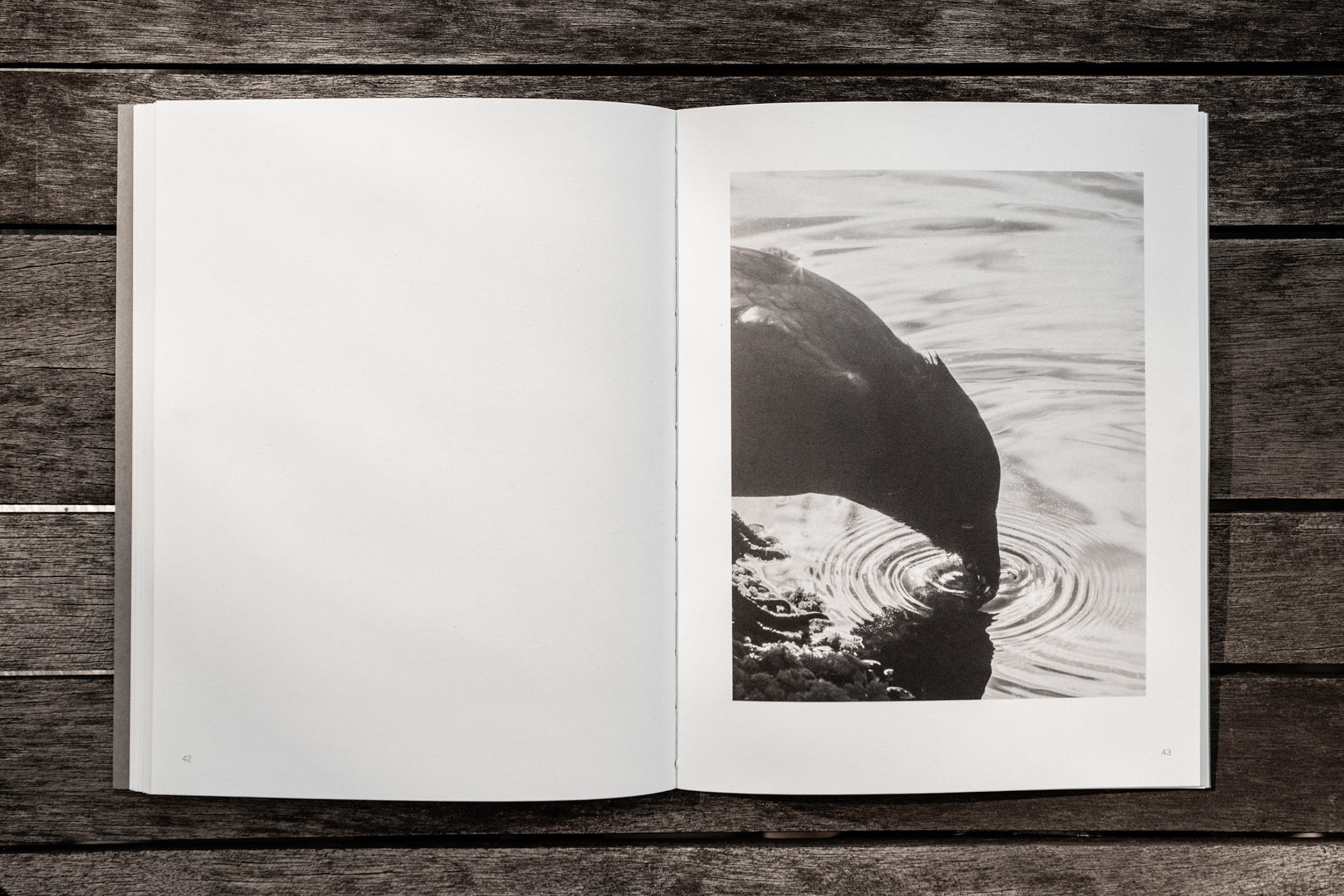15 Questions With… Angus Scott
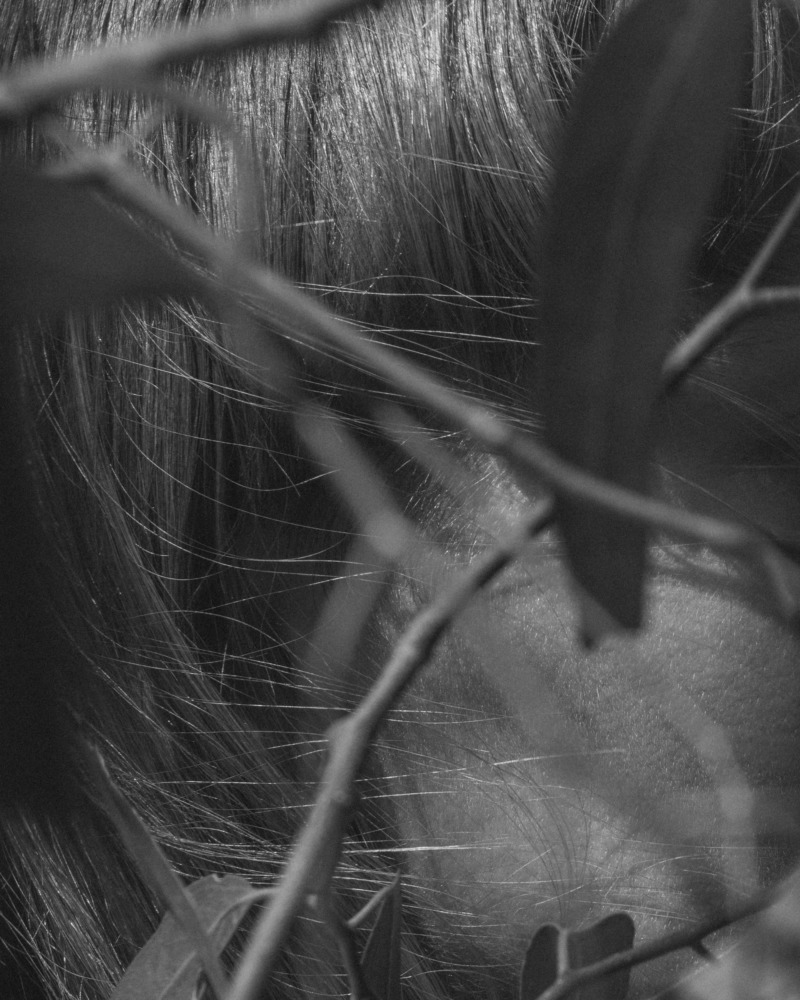
How are you at the moment?
Going OK, really busy and a bit stressed. I feel like I’m going through one of those forced growth periods at the moment where you need to learn and adapt to a lot of things at an accelerated pace. Looking forward to some calm.
What is your morning ritual? How does your day begin?
Generally my mornings begin with a slow walk to the kettle, followed by a sit and a read. Recently I’ve been trying to get out on the river for sunrise though, which has been an immensely positive way to connect to landscape and clear my head for the day to come.
What, right now, can you see?
My desk cluttered with microphone paraphernalia, some film I need to develop, scissors and rolls of packing tape. Behind it all, a wall decorated with polaroids and darkroom prints of people and places that I love.
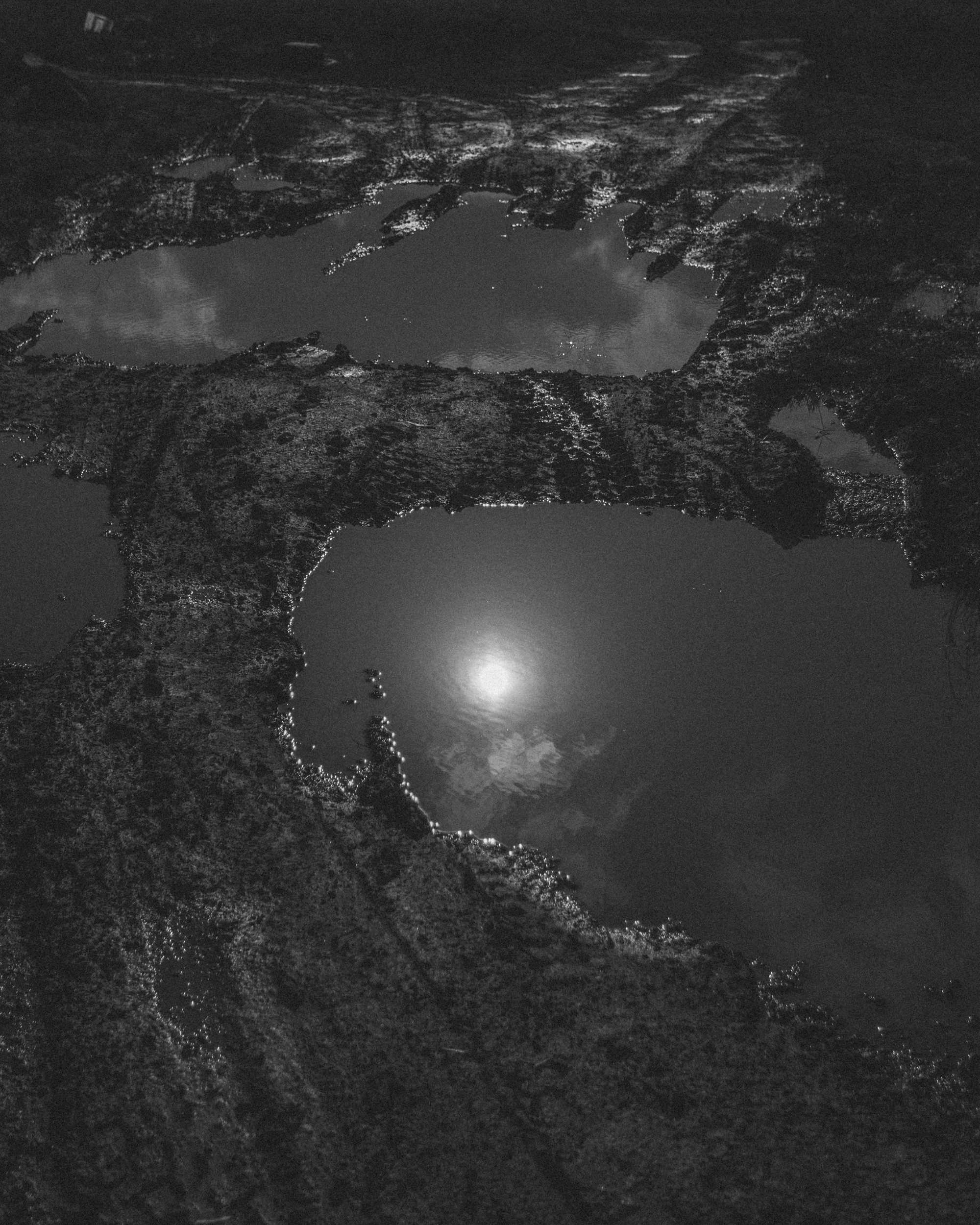
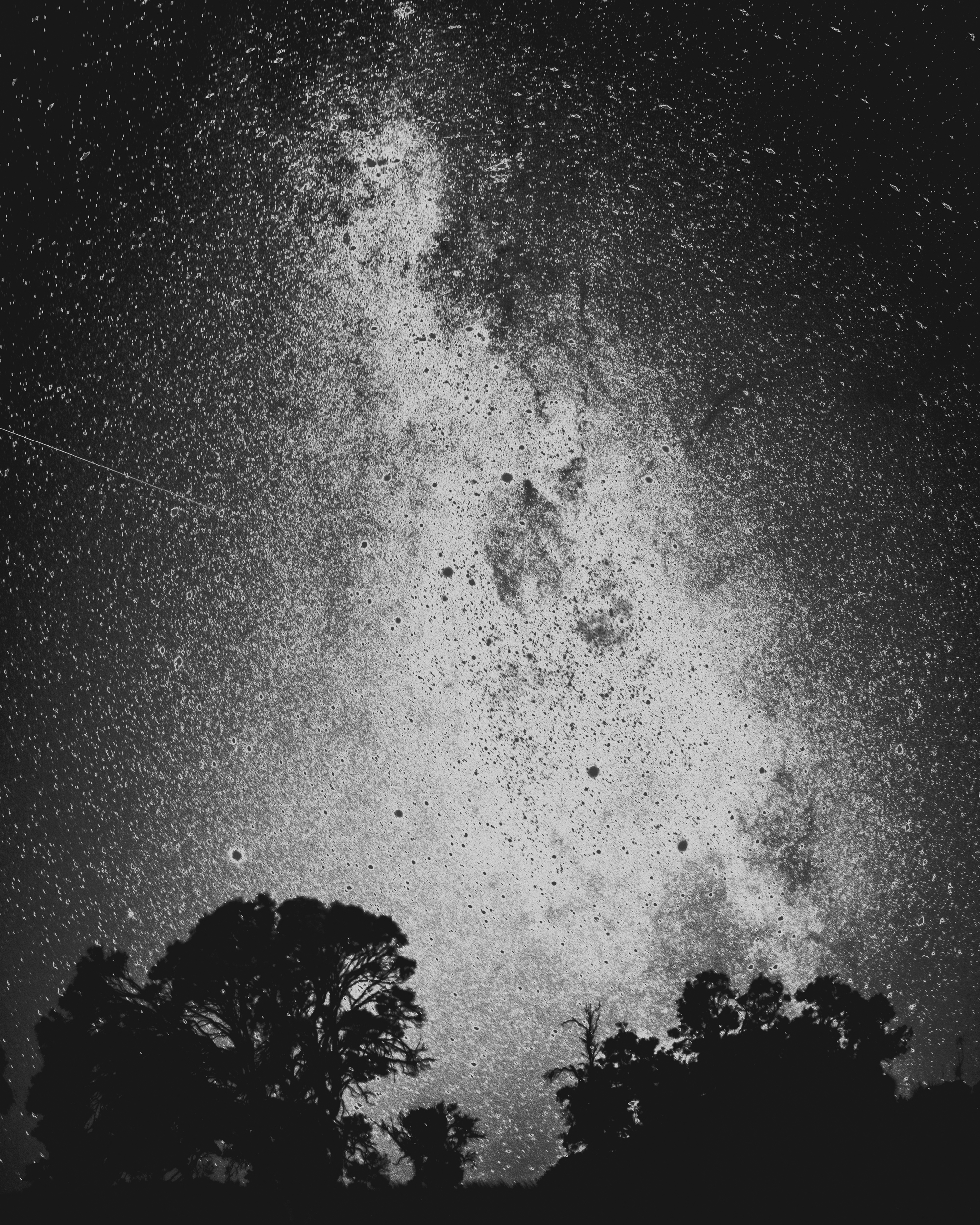
What artist, project, book would you recommend we see/follow?
One that has really stayed with me the past few months is Matthew Thorne’s Jingo Was Born in the Slum. Matthew’s approach to photography and storytelling is so unique, and the accompanying essay is the one of the most effective pieces of writing I’ve come across in a while. It’s really dug itself in me.
Tell us about your process when starting a new project
I’ve always used photography as a means of processing and as an excuse to be alone, so I make a lot of pictures just for the sake of the act. My emotional state is usually linked to what I’m producing and vice versa. Once I realise that I’m being drawn to something repeatedly, I’ll lean into that feeling, start reading about whatever it is and then an idea will either grow into a project or dissipate until I move on (which happens a lot).
What has been your favourite collaboration?
Between 2019 and 2021, I collaborated with my friend Tom Goldner to produce an exhibition and photobook documenting the Australian Black Summer bushfires titled Do Brumbies Dream in Red? Tom was making photographs, forming the book and concept, while I was working on a video installation piece for the exhibition. The way we worked and travelled together was really enmeshed, but still with a lot of space to produce something that correlated with our individual experiences. As the exhibition drew closer, Tom reached out to more collaborators like Sean Kenihan to produce a score and Judith Crispin to respond with poetry. In the end, everyone was coming from different places and infusing their experience of that time-period within their work. It was really special to watch.
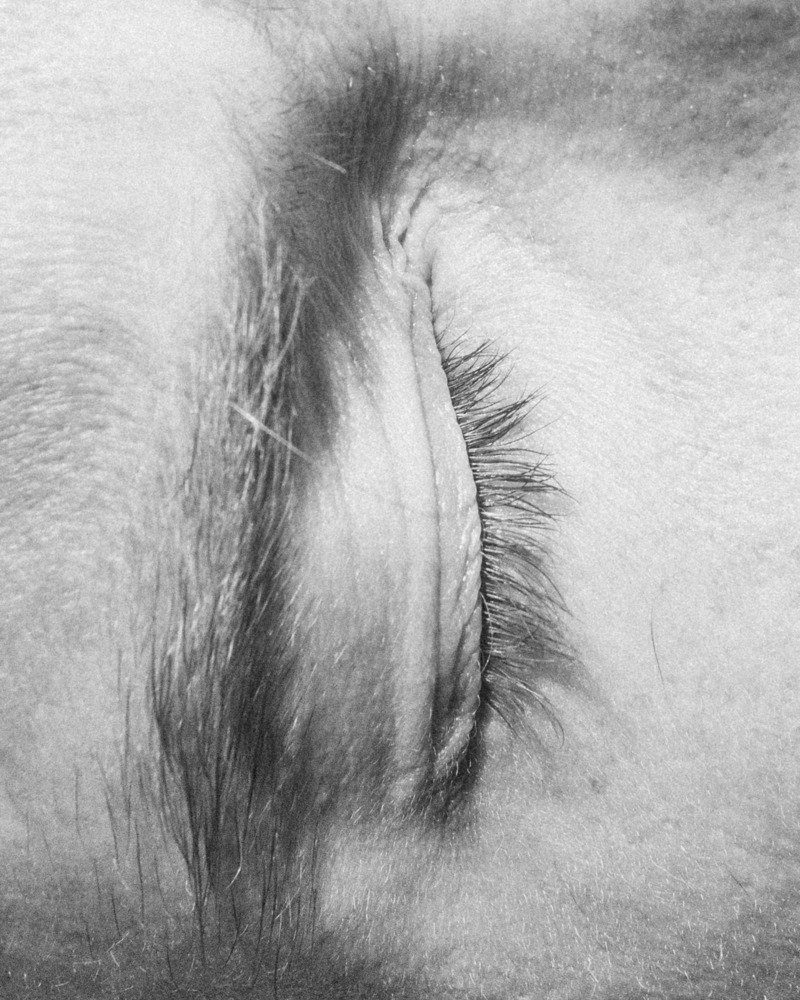
What is your greatest achievement?
I’d say growing to become a person I genuinely like being around is a pretty huge achievement, it definitely hasn’t always been that way. Solitude is a major part of my practice, so it helps being able to hang out with yourself and feel enjoyment doing so.
What is your greatest regret?
I don’t get to see my family very often which weighs on me a lot. I’m not sure if a regret can be something that you feel before it’s happened, but I constantly worry for the day that I wake up and wish I had been there more.
What advice would you give to your younger self?
Make stuff and listen more, pay better attention to those around you.
What is your latest project about?
My recently published book, Teetering like a September myth, is about grief, acceptance and making peace with the unknown. The project was formed in parallel to my closest friend’s process of mourning, and looks to natural life cycles to make peace with our own start and end points. There are a lot of individual symbols scattered throughout the project, but the overarching narrative is one of holding and letting go. Finding comfort in surrendering to inevitability.
What are you researching at the moment?
I’m currently trying to learn about what it was like to live on the 19th century goldfields. Especially the migratory patterns and cultural fusing that happened, how many people abandoned their homes and lives to put it all on hope. More broadly, I’m learning how the period resulted in outcomes of displacement, cultural destruction and ecocide as a result of the search for capital, which feels like a dark history that strongly informs the present here in Australia.
What can you not work without?
Music. It plays such a key role in developing the way I feel about a project, all the time I spend editing and sequencing, I tend to curate a playlist which just feels like that work to me. I then listen to and reference this every time I feel lost and it helps to pull me back in.
What challenges have you faced working in your industry?
It’s hard to say, I’ve been really fortunate in so many ways and now have a daily work-life that is connected to my interests alongside friends/colleagues that I love. I’ve definitely had to learn to how to be vulnerable in the public realm though, that process took a while.
What are you hoping for in 2022?
A few calm months spent making things where the world isn’t falling apart around us.
Share a song with us, what are you listening to at the moment? Tim Eriksen’s version of Wrestling Jacob has been on repeat for me for the past year. I’ve become somewhat obsessed with the history of folk hymns, and Eriksen’s approach to reproducing them is really unique and beautiful.
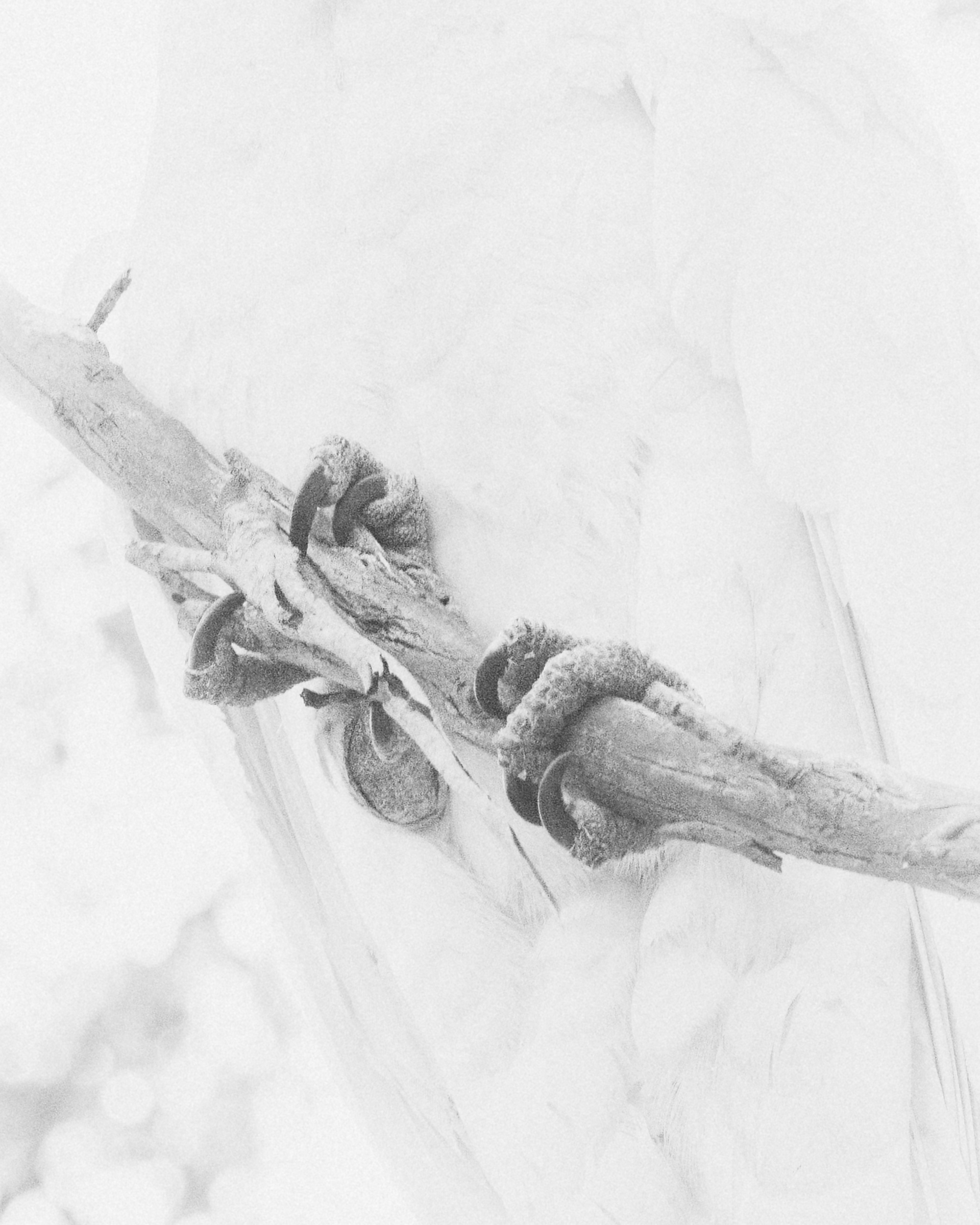
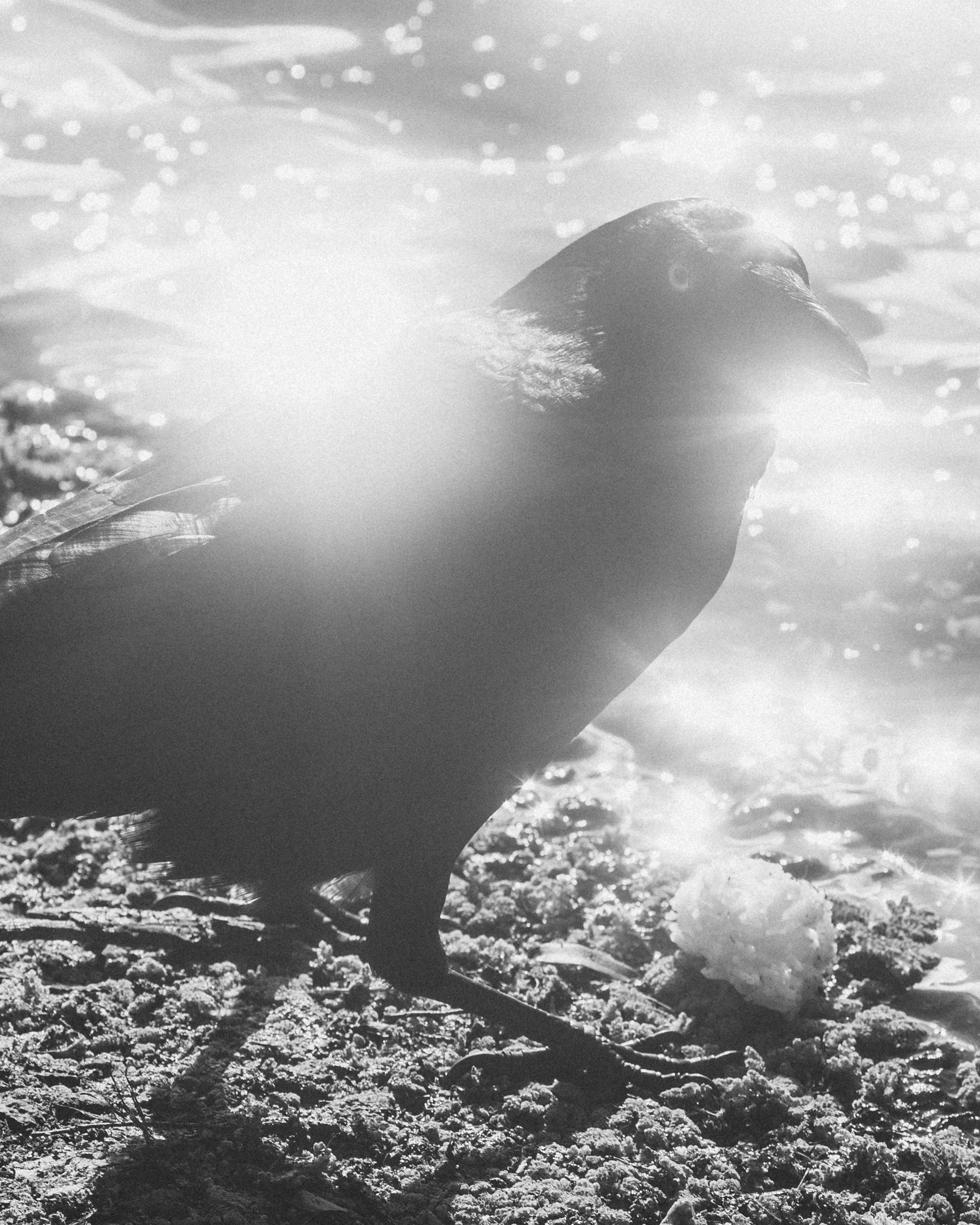
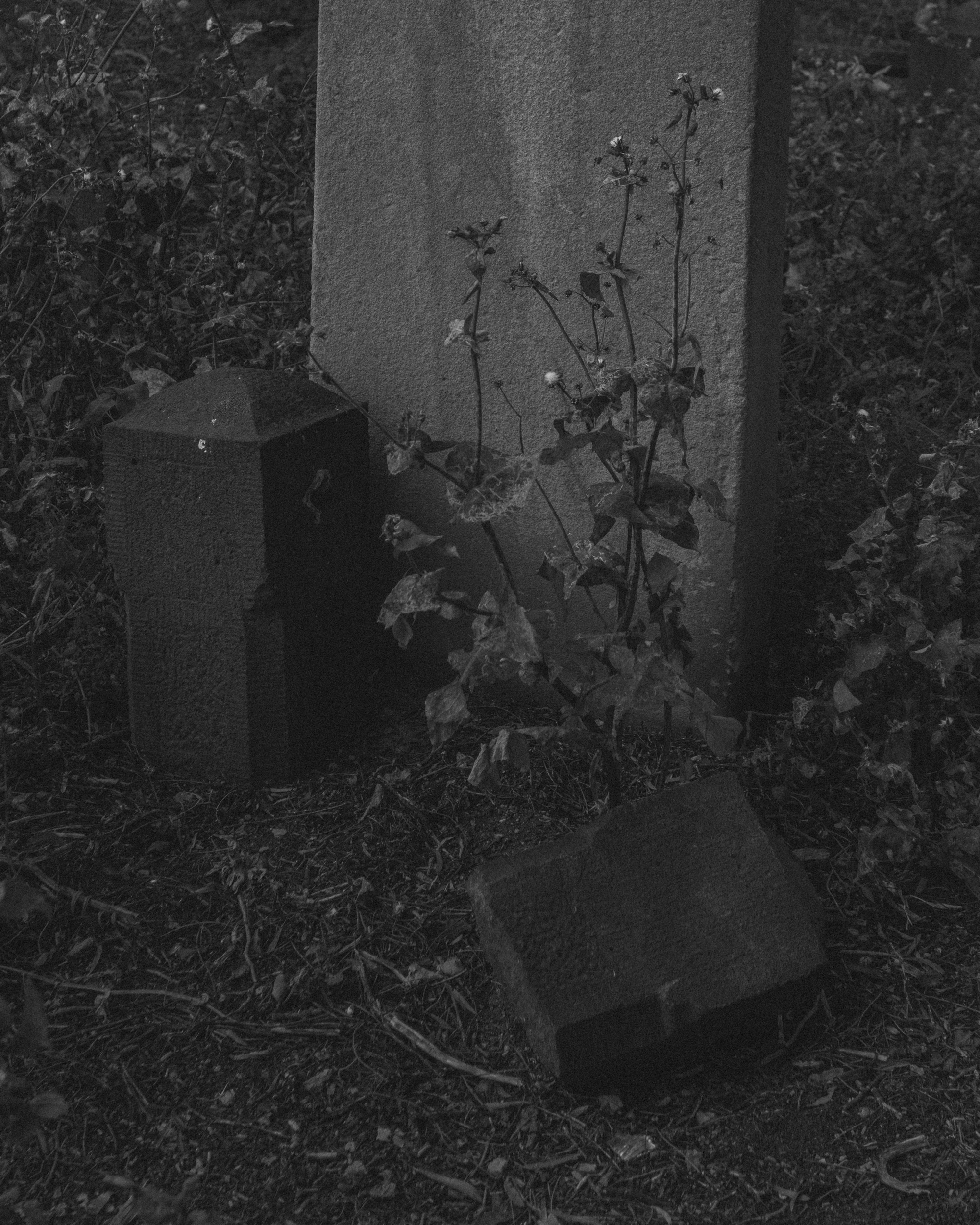
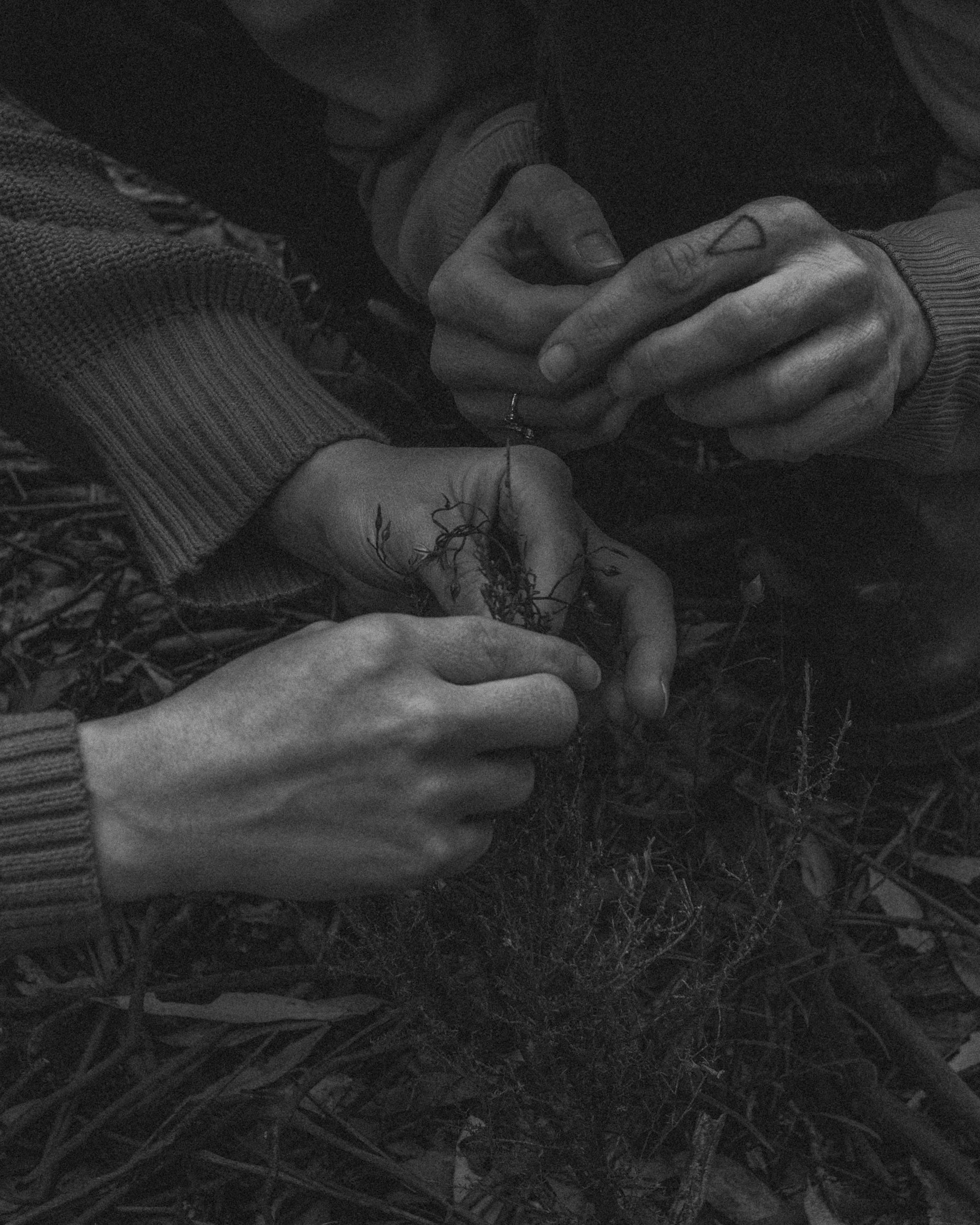
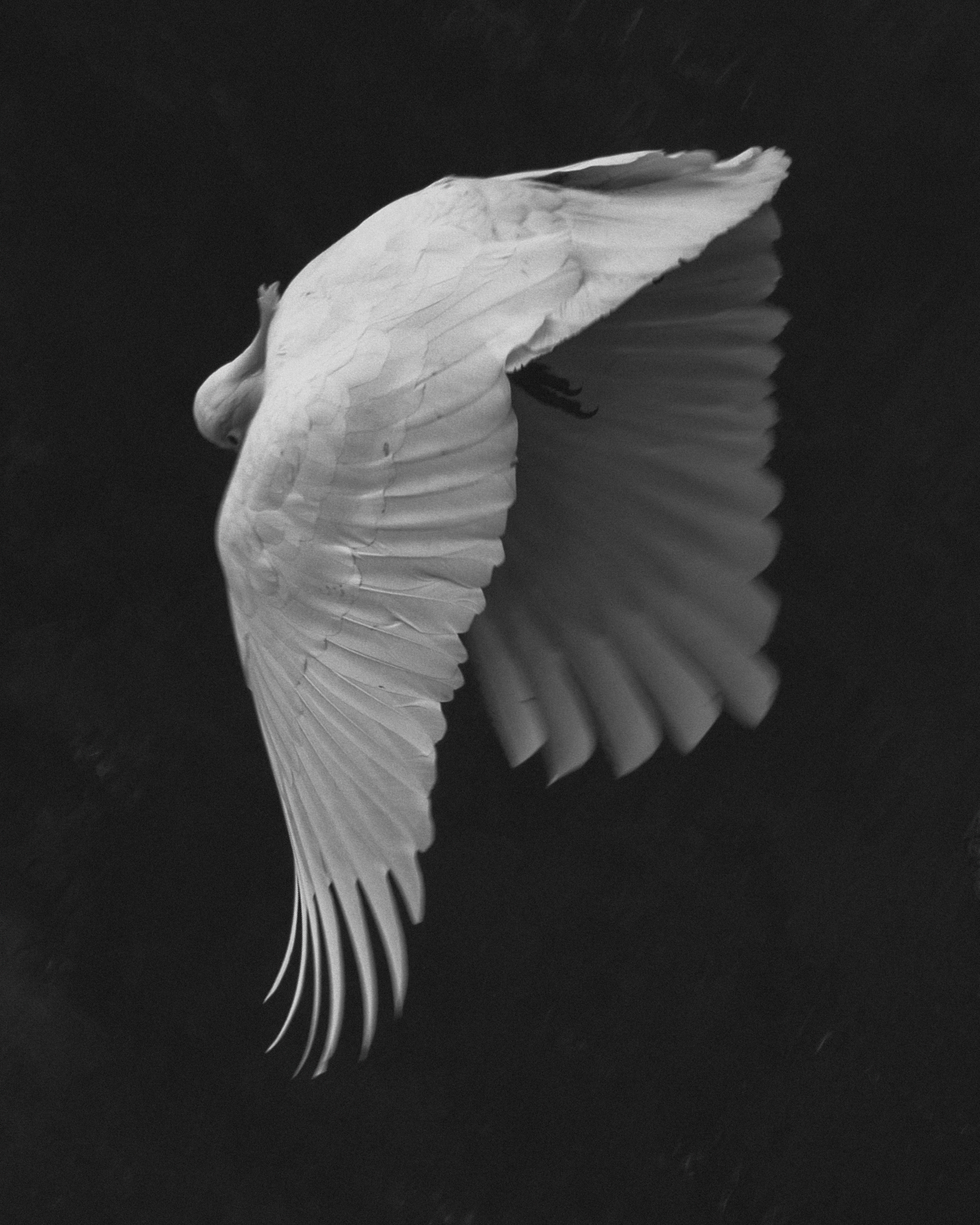
Angus Scott’s Teetering like a September myth, published by Photo Collective Publications, is available to purchase here.

